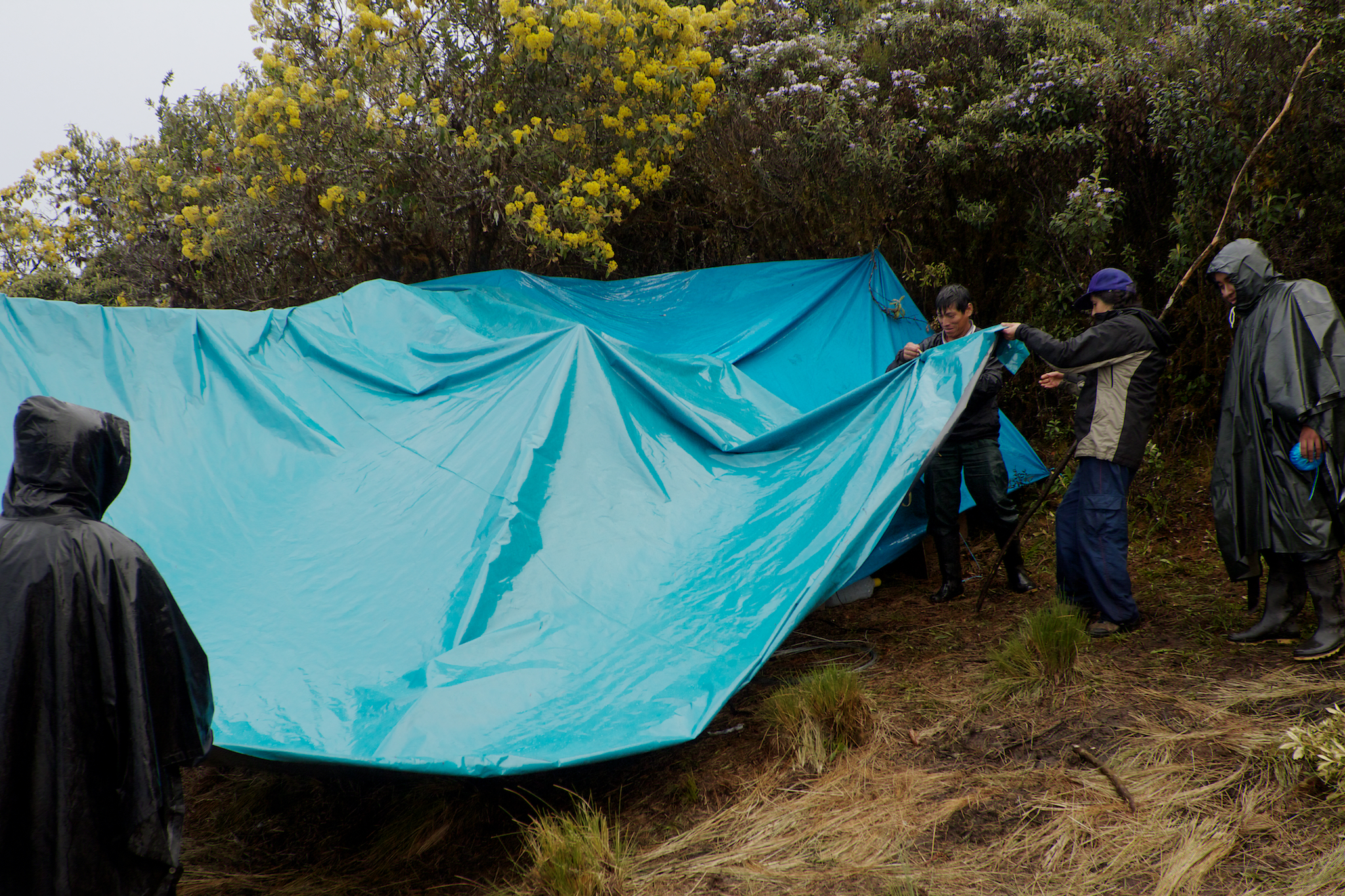We just had a new study come out on predicting leaf traits from reflectance spectroscopy. The study was led by Chris Doughty and Paul Efren Santos Andrade as part of the broader CHAMBASA elevation gradient project in Peru.
In many ecological applications, measuring leaf traits is very useful (e.g. photosynthetic rates, which help predict plant growth rates and forests’ roles in carbon cycling) but require time- or money-intensive measurements. This is especially true for leaf venation network traits, which are important for plant hydraulics but must be measured with complex staining and imaging methods (see below for some examples from Peruvian forests). Much of my current work is focused on better understanding the geometry of these networks.
Leaf reflectance spectroscopy potentially provides an alternative approach. By measuring the amount of light reflected from a leaf at different wavelengths, it is possible to gain insight into the underlying structure – and therefore traits – of a leaf. For example, chlorophyll reflects green light and absorbs red, while water absorbs more infrared light – and other chemical compounds similarly across other wavelength bands. With the appropriate instrument (see ours below), measuring leaf reflectance is a non-destructive process that takes only a few short minutes. This is potentially 10-100x faster and far less expensive than competing methods for many traits.
The point of this study was to determine how well such spectra could predict a range of different leaf traits in a range of tropical forests. My role in the project was minor, restricted only to providing venation trait data, and contributing to the overall fieldwork. Paul led the spectral work with Chris’ guidance, and it is a great pleasure to see how their efforts and those of a much larger field team have come together.
The outcome of the study is that many leaf traits, including venation traits, can be roughly predicted using spectra (based on partial least squares regression methods). In particular, about 45-50% of the vein trait variation could be explained by spectral properties. This is exciting, as it suggests that we may eventually be able to use non-destructive field methods to measure complex traits. However the results are also not a clear success. Half the variation is enough to be interesting but not quite enough to be useful. It’s also unclear exactly why the method worked, given that much of the reflectance signal from veins is likely to come from investment in lignified tissues, which absorb light at wavelengths beyond those measured in our spectrometer (around 1500 nm, whereas our spectrometer measured 325-1075 nm). Thus the findings may partially be due to correlation with other physiological properties, and may have limited predictive ability in other datasets. On the other hand, it is now very tempting to get a spectrometer with broader wavelength range and repeat the exercise to see whether more mechanistic linkages do appear, and can help push up the predictive ability of the approach. I think the future is bright for these remote sensing methods.
Please give the paper a read – the journal copy is now online and a PDF reprint is available at my website.





